Perplexity vs ChatGPT – Which One Should You Use in 2025?
In 2025, the AI assistant landscape is more competitive than ever. Among the dozens of tools on the market, Perplexity AI vs ChatGPT stands out as two of the most popular choices for both individual users and businesses.
While both tools rely on advanced AI models, they serve different purposes and excel in different use cases. Perplexity positions itself as a real-time AI-powered search assistant, designed to deliver concise, source-backed answers. ChatGPT, on the other hand, is a conversational AI built to handle everything from creative writing and coding to brainstorming and customer support.
Therefore, this blog breaks down the key differences between Perplexity vs ChatGPT, compares their features, pricing, performance, and ideal use cases, and answers the big question: Which one should you use in 2025? Let’s dive in.
Table of Contents
- What is Perplexity AI?
- What is ChatGPT?
- Perplexity vs ChatGPT: Key Differences
- Pros and Cons of Perplexity vs. ChatGPT
- When to Use Perplexity vs ChatGPT in Real Life?
- Perplexity vs ChatGPT: Which Is Better in 2025?
- Challenges to Consider When Using Perplexity and ChatGPT (+Singapore-Specific Tips)
- How Kaopiz Helps Businesses Leverage AI Like ChatGPT & Perplexity
- Conclusion
- FAQs
What is Perplexity AI?
Perplexity AI is an AI-powered search assistant designed to deliver fast, concise, and accurate answers by combining large language models (LLMs) with real-time web search. Unlike traditional search engines, this AI tool summarizes information from multiple reliable sources and provides citation links directly in its responses, making it a go-to tool for fact-checking, research, and quick knowledge retrieval.
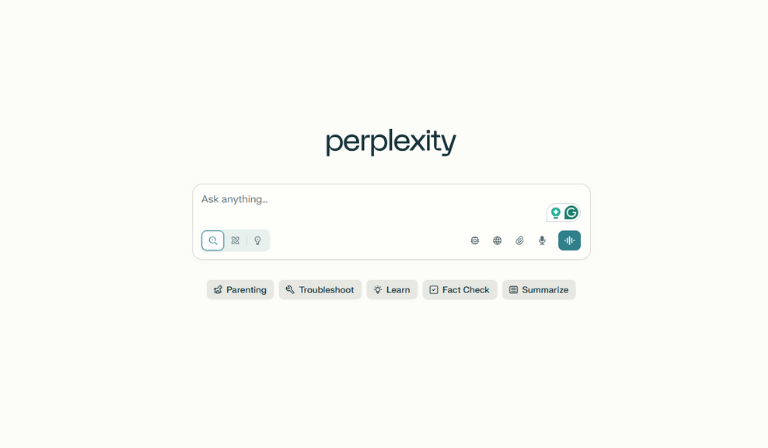
Launched in 2022, Perplexity has quickly gained popularity among professionals, researchers, and students because it offers:
- Real-time information retrieval (no outdated knowledge cutoff)
- Clear source citations for every answer
- Concise summaries instead of long lists of search results
- A chat-like interface for follow-up questions and deeper exploration
This tool bridges the gap between a search engine and a conversational assistant—ideal for those who value accuracy, transparency, and up-to-date information.
What is ChatGPT?
ChatGPT is a conversational AI assistant developed by OpenAI. It’s designed to generate human-like responses, engage in natural dialogue, and assist with a wide range of tasks—from content creation and coding to idea generation, customer support, and data analysis.
Unlike Perplexity AI, which focuses on search and factual retrieval, ChatGPT is built primarily for interactive, generative conversations. It can:
- Write and edit text (articles, emails, scripts, product descriptions)
- Generate and debug code in multiple programming languages
- Explain concepts clearly for education and training purposes
- Assist with brainstorming for creative and business ideas
- Simulate natural conversation for customer service or chatbot applications
ChatGPT is a versatile AI tool that excels in creativity, problem-solving, and conversation—making it ideal for individuals, teams, and businesses looking to automate tasks, generate ideas, or interact with customers more effectively.
Perplexity vs ChatGPT: Key Differences
While Perplexity and ChatGPT are powerful AI tools, they are built for different purposes and excel in different areas. The table below compares Perplexity vs ChatGPT, highlighting their core differences in technology, purpose, performance, and pricing—helping you quickly see which tool fits your needs best.
| Factor | Perplexity AI | ChatGPT |
|---|---|---|
| Developer & Ownership | Developed by Perplexity AI Inc., an independent AI company focusing on AI search technology | Developed by OpenAI, a leading AI research lab focused on conversational AI and general-purpose LLMs |
| Technology & Data Sources | Uses GPT‑3.5 / GPT‑4 combined with retrieval‑augmented generation (RAG) for live web search | Uses GPT‑3.5 (Free) / GPT‑4 (Plus), trained on large datasets with optional browsing for Plus users |
| Purpose & Ideal Use Cases | Optimized for real‑time search, fact‑checking, quick knowledge retrieval | Optimized for creative writing, coding, brainstorming, customer support, and interactive tasks |
| Knowledge Freshness & Accuracy | Always up to date through live search; provides citations for sources | Relies on training data (knowledge cutoff) but can access web with browsing; fewer citations |
| Creativity & Output Style | Prioritizes conciseness and factual accuracy | Prioritizes creativity, detail, and conversational flow |
| Pricing & Subscription Models | Free plan; Perplexity Pro (~$20/month) unlocks GPT‑4, faster responses, expanded limits | Free plan (GPT‑3.5); ChatGPT Plus (~$20/month) unlocks GPT‑4, faster responses, extra tools |
| Model Access (GPT Versions, API, Browsing) | GPT‑3.5 (Free), GPT‑4 (Pro); browsing is default; API not primary focus | GPT‑3.5 (Free), GPT‑4 (Plus); Plus includes browsing, code interpreter, and file analysis; API available for developers |
| Performance & Response Quality | Extremely fast on factual queries; excels at concise, direct answers | Strong on reasoning and multi-step tasks; excels at structured, in-depth responses |
| Features & Integrations | Focused on search interface; mobile/web app; integrates citations and source previews | Wide range of tools (Code Interpreter, DALL·E, Browsing, Plugins); integrations via API for custom apps |
Developer & Ownership
First of all, Perplexity AI is developed by Perplexity AI Inc., a Silicon Valley–based startup founded in 2022. The company’s mission is to create an AI-powered search assistant that delivers factual, concise, and transparent answers. Its focus is on real-time knowledge retrieval rather than purely generative capabilities, which differentiates it from most conversational AI tools.
ChatGPT is developed by OpenAI, a leading AI research organization best known for creating LLMs such as GPT‑3.5, GPT‑4, and GPT‑4o. OpenAI’s focus extends beyond search—it aims to create general-purpose conversational AI that can reason, create, and interact naturally across different domains.
While both companies work with advanced AI technologies, their strategic goals differ:
- Perplexity focuses on becoming the go-to AI search companion, competing directly with Google and other search-integrated AI tools.
- In contrast, OpenAI positions ChatGPT as a versatile AI assistant, targeting a wide spectrum of use cases from coding and business support to content creation and research assistance.
Technology & Data Sources
The AI tool – Perplexity AI uses a combination of LLMs such as GPT‑3.5 and GPT‑4 together with RAG technology. This means it can query live web data in real time, retrieve relevant information, and present it with citations. This approach ensures accuracy, transparency, and up-to-date responses—making it especially effective for research, news, and fact-checking.
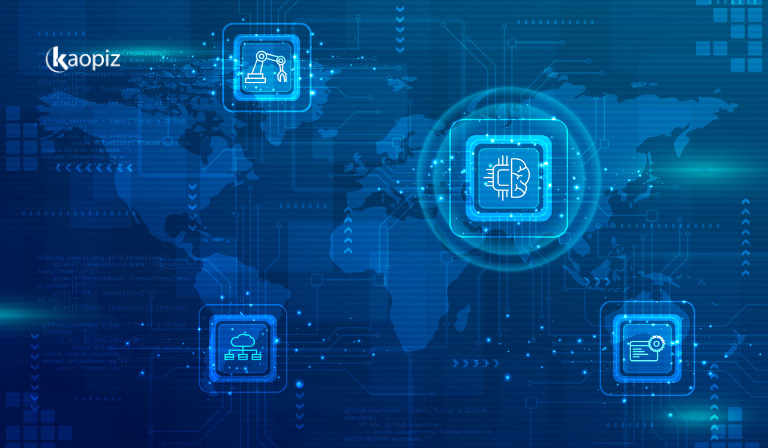
Then, a common question is: “Does Perplexity use ChatGPT?”
- Yes, Perplexity relies on GPT models developed by OpenAI (and sometimes other LLMs) as part of its technology stack.
- However, Perplexity adds its own retrieval system and interface to create a different user experience from ChatGPT.
On the other hand, ChatGPT is built directly on OpenAI’s proprietary models—GPT‑3.5 for free users and GPT‑4 (or GPT‑4o) for Plus subscribers. While this AI tool can browse the web in Plus mode, its primary function is generative, meaning it draws most of its answers from training data rather than live search.
Key takeaway:
- Perplexity = GPT models + live search (optimized for accuracy & citations)
- ChatGPT = GPT models only (optimized for conversation, creativity, and reasoning)
Purpose & Ideal Use Cases
The Perplexity vs ChatGPT difference lies in the purposes. Although Perplexity AI and ChatGPT are both built on advanced AI models, their core purposes and best use cases are very different.
Perplexity AI is designed primarily as an AI-powered search companion. Its strength lies in:
- Research and fact-checking
- Academic work
- Market or compliance research
Because Perplexity emphasizes accuracy, concise summaries, and source citations, it works best when factual correctness is a priority.
In contrast, ChatGPT is built as a general-purpose conversational AI that excels in:
- Creative writing
- Coding and technical support
- Business automation
- Idea generation and brainstorming
It is ideal when creativity, reasoning, and structured conversation are key.
Key takeaway:
- Use Perplexity when you need accurate, up-to-date facts.
- Use ChatGPT when you need creative output, problem-solving, or detailed explanations.
Knowledge Freshness & Accuracy
One of the biggest distinctions in the Perplexity vs ChatGPT comparison is how each tool handles knowledge freshness and accuracy—a deciding factor for users who need up-to-date and reliable information.

Perplexity AI is built for real-time information retrieval. It uses RAG to pull live data from the web and presents answers with citations. This makes it highly accurate for:
- Current events (breaking news, live updates)
- Market research (fresh reports, trends, stock data)
- Regulations and policies (industry-specific compliance updates)
ChatGPT, in its free version, relies on training data with a knowledge cutoff. This means its default responses may not include the most recent information. However, ChatGPT Plus users can enable browsing in GPT‑4, which allows the model to retrieve updated information from the internet, although without the same citation-driven approach as Perplexity.
Key takeaway:
- Perplexity: Best for up-to-date, source-backed answers.
- ChatGPT: Best for reasoned explanations and creative outputs, but browsing is optional, and citation support is limited.
Creativity & Output Style
While both Perplexity AI and ChatGPT can answer questions effectively, their communication styles are fundamentally different—and this impacts how users experience their results.
Perplexity AI maintains a minimalist and factual style. Answers are short, structured, and supported by clear citations. It avoids lengthy explanations unless prompted and prioritizes directness over personality. This style suits users who prefer:
- Quick, citation-backed summaries
- Neutral, professional tone without extra commentary
- Answers optimized for scanning and fact extraction
ChatGPT, in contrast, is built for expressive, adaptive communication. It can mirror different tones, writing styles, and levels of complexity based on the user’s needs. Its strength lies in:
- Storytelling and creative phrasing (blogs, marketing copy, scripts)
- Adjustable tone (formal, casual, technical, friendly)
- In-depth explanations with structured reasoning and examples
Key takeaway:
- Perplexity: Information delivery is precise and consistent.
- ChatGPT: Information delivery is flexible, creative, and audience-specific.
Pricing & Subscription Models
Both Perplexity AI and ChatGPT offer freemium pricing models, with free access to basic features and paid subscriptions that unlock advanced capabilities.

Perplexity AI offers:
- Free Plan – Includes GPT‑3.5 access, real-time search, and citations.
- Perplexity Pro (~$20/month) – Unlocks GPT‑4, faster responses, larger search limits, and priority access to premium features.
ChatGPT offers:
- Free Plan – Powered by GPT‑3.5, ideal for everyday conversation, writing, and problem-solving.
- ChatGPT Plus (~$20/month) – Unlocks GPT‑4 (or GPT‑4o), faster response times, priority access during peak hours, and additional tools like Browsing, Advanced Data Analysis (Code Interpreter), and DALL·E image generation.
Key takeaway:
- Perplexity Pro focuses on improved search capabilities and live information retrieval.
- ChatGPT Plus focuses on enhanced creativity, reasoning, and tool integration.
Model Access (GPT Versions, API, Browsing)
Perplexity AI and ChatGPT both rely on OpenAI’s GPT models, but they provide access in different ways and pair the models with unique capabilities.
Perplexity AI:
- GPT Access – Uses GPT‑3.5 for free users and GPT‑4 for Pro subscribers.
- Browsing – Always enabled by default, allowing Perplexity to pull live web data for every query.
- API – Perplexity is primarily a consumer-facing product and does not offer a dedicated API for developers at this time.
ChatGPT:
- GPT Access – Uses GPT‑3.5 for free users, GPT‑4 (or GPT‑4o) for Plus subscribers.
- Browsing – Available in Plus tier as a toggleable tool. Not always enabled by default but can be activated for specific queries.
- API – Offers a robust API for developers, enabling custom integrations, chatbots, and AI-powered applications.
Key takeaway:
- Perplexity: Always live with search-enabled GPT access, but limited developer customization.
- ChatGPT: Flexible GPT model usage with optional browsing, plus strong API support for enterprise integration.
Performance & Response Quality
When it comes to performance, both AI tools deliver smooth user experiences, but AI Perplexity vs ChatGPT’s strengths are optimized for different usage patterns.
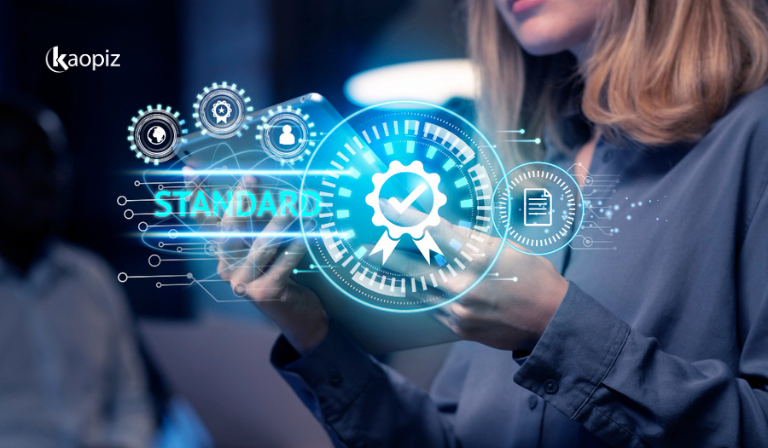
Perplexity AI is built for speed and consistency:
- Low latency — most responses are generated almost instantly, even when pulling live search results
- Stable performance on both web and mobile apps, optimized for quick fact retrieval
- Designed to handle rapid-fire follow-up questions without noticeable slowdown
ChatGPT balances depth of processing with speed:
- Longer processing times for complex queries, especially in GPT‑4 mode, due to deeper reasoning
- Consistent accuracy in multi-turn conversations, with strong context retention over extended chats
- Optimized for long-form responses and multi-step tasks that require careful reasoning
Key takeaway:
- Perplexity → Optimized for fast, responsive queries in research-heavy workflows
- ChatGPT → Optimized for reliable, in-depth output where detail matters more than speed
Features & Integrations
The feature sets of Perplexity and ChatGPT difference—one optimized for search efficiency, the other for multi-purpose interaction.
Perplexity AI keeps its toolset streamlined:
- Citation-linked search results for transparent verification
- Follow-up thread navigation for exploring a topic step-by-step
- Minimalist mobile and web apps designed for quick access and distraction-free use
- Integration focus is lightweight, primarily built around the in-app experience rather than third-party connections
Furthermore, ChatGPT offers a wider ecosystem of tools and integrations:
- Advanced Data Analysis (for working with spreadsheets, calculations, and datasets)
- DALL·E image generation for creative and visual content
- Plugin marketplace enabling connections to tools like Zapier, Slack, and Canva
- Custom GPTs allowing users to create tailored AI assistants for specific workflows
- Strong integration support via the OpenAI API, enabling enterprise adoption
Key takeaway:
- Perplexity: Simple, research-focused feature set for fast information access
- ChatGPT: Rich, flexible ecosystem for creative, technical, and enterprise applications
Pros and Cons of Perplexity vs. ChatGPT
While both Perplexity AI and ChatGPT are powerful AI assistants, each comes with its own strengths and trade-offs. Understanding the pros and cons between Perplexity versus ChatGPT can help you decide which tool best fits your needs—whether for research, creativity, or business applications.
Perplexity
| Pros | Cons |
|---|---|
| Real-time information retrieval with live web search | Limited creativity for storytelling or long-form writing |
| Citations for every answer, improving transparency and credibility | Few third-party integrations |
| Fast, concise responses optimized for quick knowledge retrieval | No public API for custom development |
| Excellent for research, academic work, and compliance-related analysis | Less suitable for highly creative or technical tasks |
ChatGPT
| Pros | Cons |
|---|---|
| Highly creative and versatile for writing, coding, brainstorming, and customer support | Default knowledge may be outdated without browsing enabled |
| Supports multiple tools (Browsing, Advanced Data Analysis, DALL·E image generation, Plugins) | Slightly slower than Perplexity for complex or long queries |
| API available for developers to create custom AI integrations | Limited source citations compared to Perplexity |
| Strong context retention for multi-turn conversations | Requires Plus subscription for GPT‑4 access and advanced tools |
When to Use Perplexity vs ChatGPT in Real Life?
Choosing between Perplexity AI and ChatGPT often comes down to your specific goals and workflows. Here’s when each tool works best in real-world scenarios.
When to Use Perplexity
This AI tool is the better choice when accuracy, speed, and up-to-date information are critical:
- Research and Fact-Checking – Quickly gather reliable information with source citations for verification.
- Academic Work – Summarize research papers, pull statistics, and compile reference lists.
- News and Market Analysis – Access the latest reports, financial trends, or industry updates.
- Compliance and Policy Research – Retrieve updated laws, regulations, or compliance guidelines.
Best for: Researchers, analysts, journalists, compliance officers, and anyone who needs fast, verified facts.
When to Use ChatGPT
ChatGPT is the better choice when creativity, reasoning, and adaptability are needed:
- Content Creation – Write blog posts, ad copy, product descriptions, or email campaigns.
- Technical Support and Coding – Generate, debug, or explain code in multiple programming languages.
- Strategy and Brainstorming – Explore product ideas, marketing campaigns, or creative solutions.
- Customer Support and Chatbots – Simulate natural conversations for support or sales automation.
Best for: Writers, marketers, developers, business strategists, and teams looking for a flexible AI collaborator.
Perplexity vs ChatGPT: Which Is Better in 2025?
Then, which is the better AI tool? There’s no single “winner” in the Perplexity vs ChatGPT debate—because the better choice depends entirely on your goals.
- Choose Perplexity AI if you need fast, accurate, and up-to-date information backed by citations. It’s the ideal choice for researchers, analysts, journalists, and professionals who prioritize reliability over creativity.
- Choose ChatGPT if you need a versatile AI assistant for creative work, coding, brainstorming, or customer interaction. It’s the better fit for writers, marketers, developers, and business teams who want rich, adaptable output.
In many cases, the most powerful approach is to use both together:
- Perplexity to gather fresh, verified information
- ChatGPT to expand, refine, and apply that information creatively
Bottom line for 2025:
- Perplexity = Your AI search engine for facts.
- ChatGPT = Your AI collaborator for ideas, content, and problem-solving.
Challenges to Consider When Using Perplexity and ChatGPT (+Singapore-Specific Tips)
While Perplexity AI and ChatGPT offer impressive capabilities, they also come with limitations, compliance concerns, and cost considerations. For businesses in Singapore, it’s essential to understand these challenges—especially in the context of PDPA regulations and industry-specific requirements—before integrating them into daily workflows.
Common Challenges with Perplexity and ChatGPT
While both tools are powerful, they come with certain limitations:
- Accuracy and Hallucinations – Perplexity cites sources, but web content can be biased or outdated. ChatGPT can produce confident but incorrect information, especially without browsing.
- Industry-Specific Limitations – Perplexity may lack depth in niche fields. ChatGPT may require custom prompts or fine-tuning to perform well in specialized industries.
- Cost and ROI Considerations – Subscriptions to Perplexity Pro and ChatGPT Plus cost around $20/month each. Using both can increase costs if the benefits aren’t clearly measured.
Singapore-Specific Tips for Businesses
Operating under Singapore’s PDPA means extra caution when using AI:
- Data Privacy & Compliance – Avoid inputting sensitive customer or business data into public AI tools.
- Regulatory Requirements – Ensure AI-generated insights comply with local regulations in finance, healthcare, and education.
- Best Practice – For enterprise use, consider private or on-premises AI deployments or API integrations with compliance controls.
In Singapore, the main risks are accuracy, compliance, and secure integration—but these can be mitigated with the right governance and implementation strategy.
How Kaopiz Helps Businesses Leverage AI Like ChatGPT & Perplexity
At Kaopiz, we help businesses unlock the full potential of AI tools like using ChatGPT for app development by integrating them into custom, secure, and industry-specific solutions. Our goal is to turn these AI assistants from standalone tools into business accelerators that align with your operations, compliance needs, and growth objectives.
How Kaopiz supports your AI development:

- Custom AI Integration: We connect AI models (including ChatGPT API and Perplexity-like search systems) into your internal platforms—CRM, ERP, e-commerce, or analytics dashboards—so your team can work with AI directly in existing workflows.
- AI-Powered Search & Knowledge Systems: We design enterprise-grade search assistants inspired by Perplexity, capable of retrieving real-time data, providing citations, and supporting decision-making in sectors such as finance, manufacturing, retail, and education.
- Chatbot & Virtual Assistant Development: We build ChatGPT-powered conversational interfaces for customer service, employee support, and sales enablement, customized for your industry and integrated with your data securely.
- Compliance-Ready AI Deployments: For Singapore-based businesses, we implement PDPA-compliant AI solutions—including private API access, on-premises options, and secure data handling protocols—so AI can be adopted safely and confidently.
Whether you want Perplexity-style fact retrieval or ChatGPT-level creativity, Kaopiz ensures these AI tools work as part of a scalable, compliant, and ROI-focused business solution.
Conclusion
In the Perplexity vs ChatGPT comparison, the right choice depends on your needs. Perplexity AI is ideal for those who prioritize speed, accuracy, and up-to-date information with citations—perfect for researchers, analysts, and compliance teams. On the other hand, ChatGPT excels in creativity, reasoning, and versatility, making it a great fit for marketers, developers, and business teams.
For many professionals, the most effective approach is to use both tools together—leveraging Perplexity for fact-finding and ChatGPT for creative application and problem-solving. In 2025, AI success is less about choosing one tool and more about integrating the right tools into your workflow—and Kaopiz can help make that integration seamless, secure, and scalable.
FAQs
- Are Perplexity and ChatGPT the Same?
- No. Perplexity AI is an AI-powered search assistant that retrieves real-time web results with citations, while ChatGPT is a conversational AI designed for creative writing, coding, problem-solving, and interactive tasks.
- Does Perplexity Use ChatGPT?
- Yes. Perplexity AI uses OpenAI’s GPT models (GPT‑3.5 and GPT‑4) along with its own retrieval-augmented search system to provide up-to-date, citation-backed answers.
- What’s the Difference Between Perplexity Pro vs ChatGPT Plus?
- Both cost about $20/month but focus on different features. Perplexity Pro unlocks GPT‑4, faster responses, and expanded search limits. ChatGPT Plus unlocks GPT‑4 (or GPT‑4o), priority access, and advanced tools like Browsing, Data Analysis, and DALL·E image generation.
- Which Is Better for Search: Perplexity or ChatGPT?
- So, you might wonder: Is Perplexity better than ChatGPT for search? Well, Perplexity AI is better for search because it always retrieves live information with citations. The other AI tool – ChatGPT can perform searches with browsing enabled (Plus tier), but Perplexity is optimized for factual accuracy and source transparency.
- Which Is Better for Business Use in Singapore?
- It depends on your goals. Perplexity AI is better for research, compliance, and fact-checking, while ChatGPT is better for content creation, automation, and customer engagement. For PDPA compliance in Singapore, consider enterprise-grade AI integrations to ensure secure and compliant usage.
Trending Post

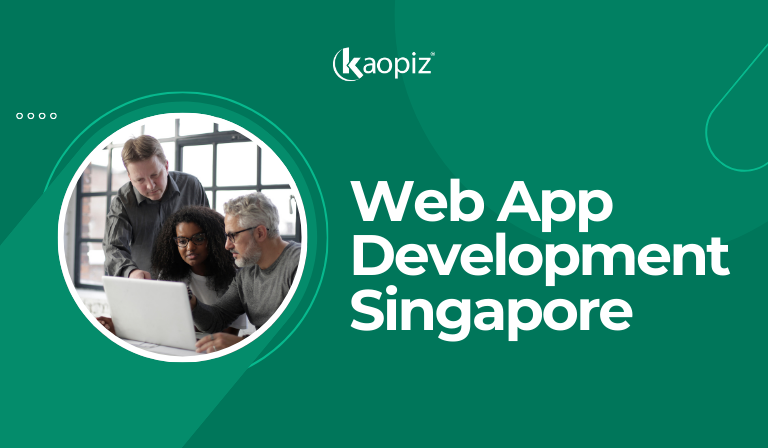
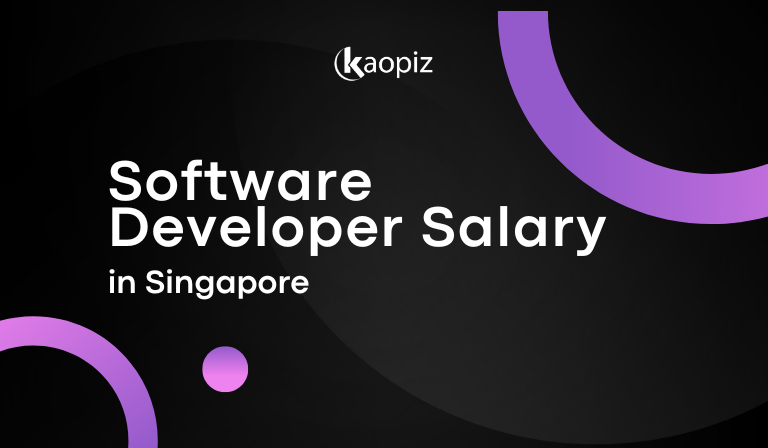
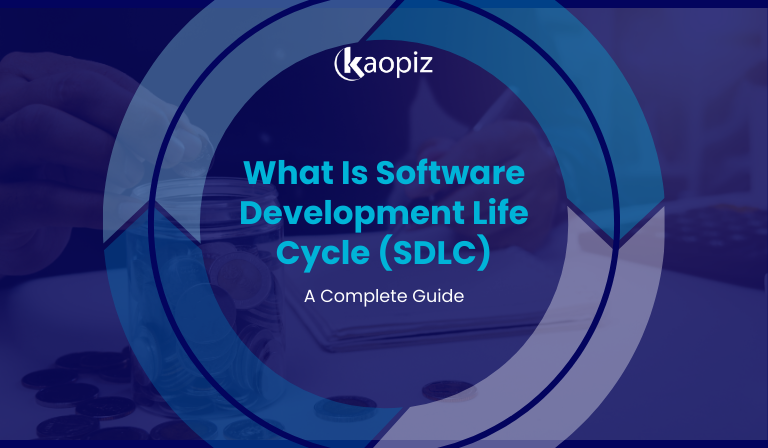
















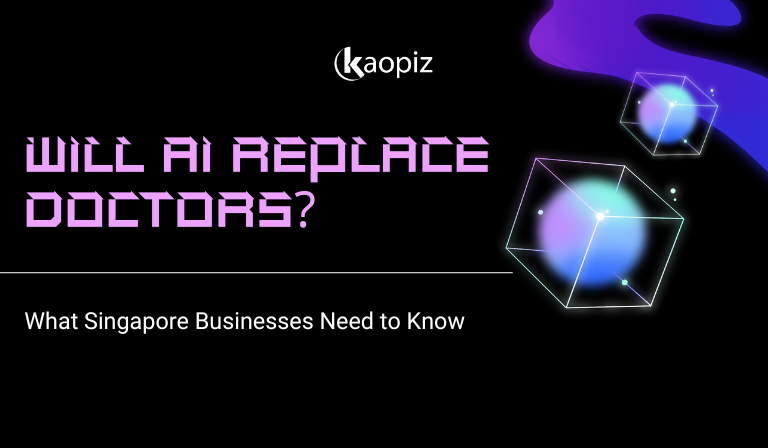
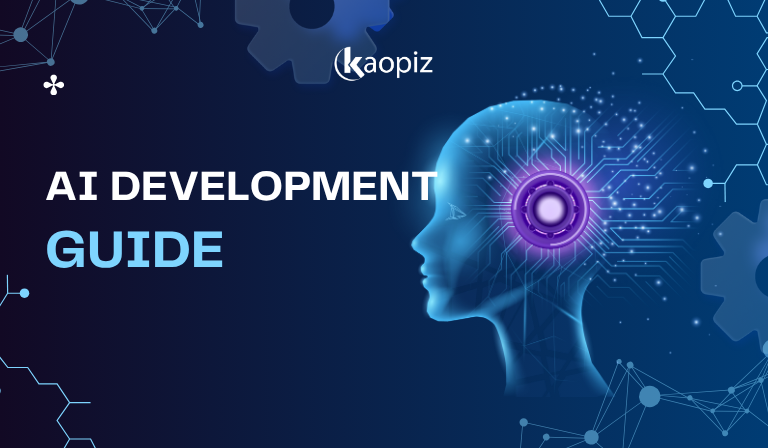
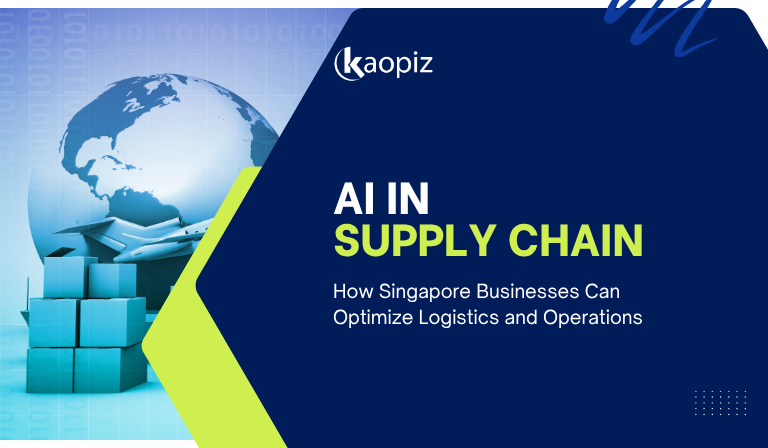

No Comments yet!